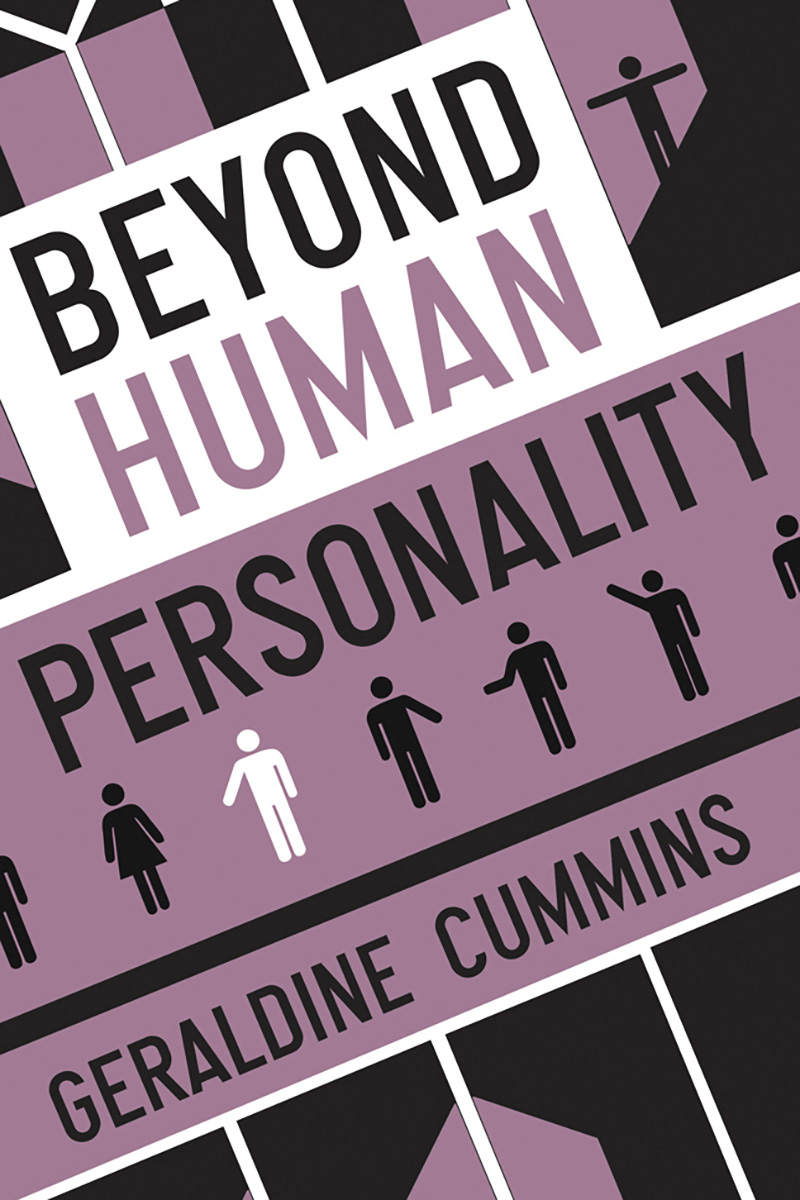Summary
In this sequel to The Road to Immortality, Geraldine Cummins continues to relay messages from a deceased entity purporting to be the eminent psychologist and psychical researcher, F. W. H. Myers. In her previous book Myers spoke about the states of being we find ourselves after physical death, and now he expands on these themes explaining how these states are an accumulation of our thoughts, memories, and actions – a made up world if you like, made by us – a Plane of Illusion. Here, we create our own Hell, our own Purgatory, and our own Paradise, not some judgmental God in a white robe. As Myers points out:
“Out of the memories of earth the soul creates his environment, builds, through his imagination, the special dream, the primal object of his appetites or desires during this state of Illusion.”
Like a parent guiding a child, Myers doesn’t judge, but he urges us to consider a life apart from gold – a life without materialism. He talks extensively about reincarnation, judgment, the family group, and in particular, the seven planes of existence; seven speeds of vibration, the seven so-called-realities that most of us will experience before we pass into timelessness, Eternity, Heaven, Nirvana – call it what you will.
On Jesus, he has this to say:
“Jesus of Nazareth was Son of God because He descended to earth, and, rising again, passed through all the seven levels of consciousness, attaining without let or hindrance, to union with the Creator. It was not necessary for Him to exist on these various planes within the various worlds created by the journeying souls. For already He was very God, already He had that spiritual power which enabled Him to hold all the universes within the grasp of His consciousness, within an all-embracing love.”

